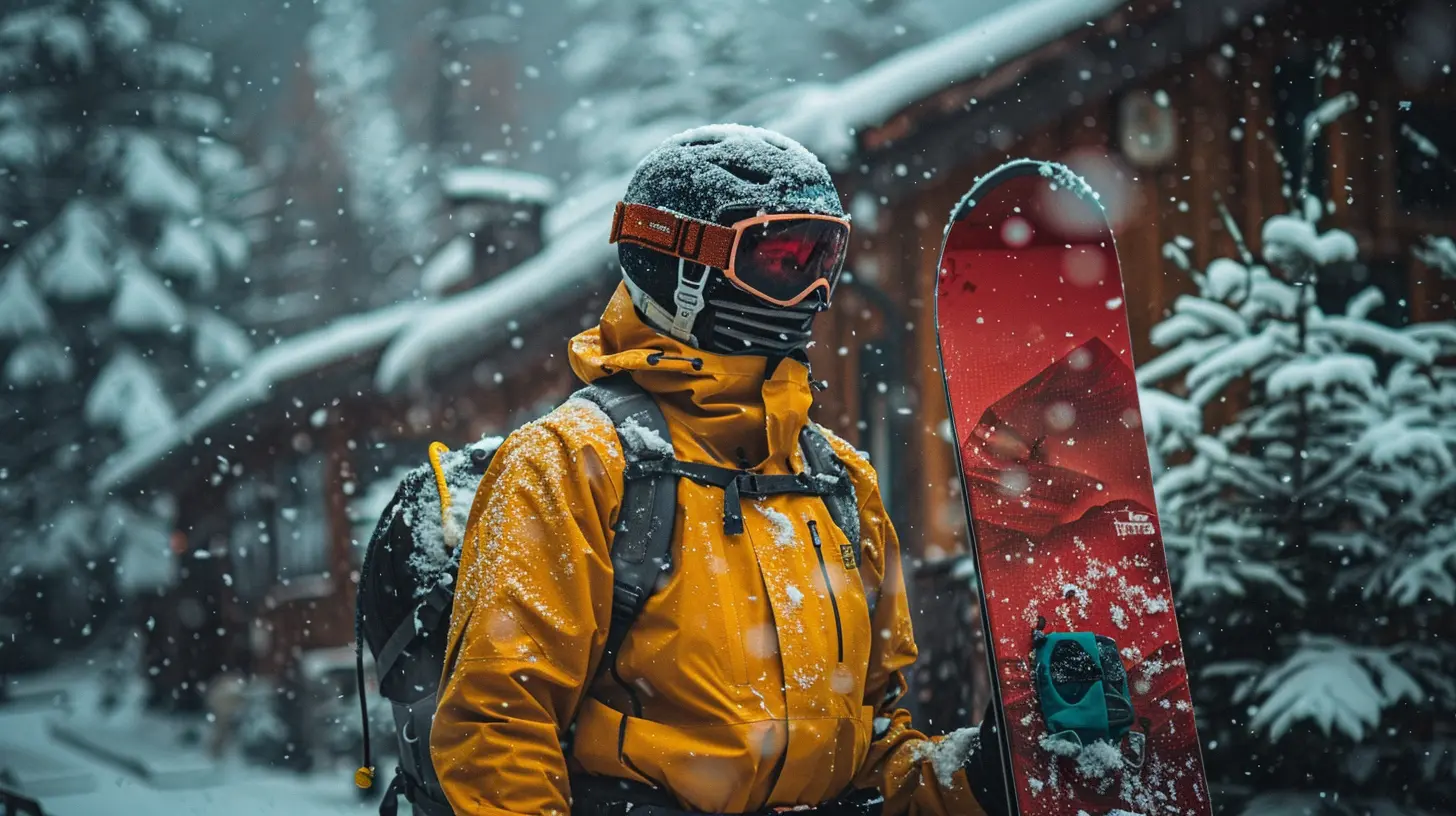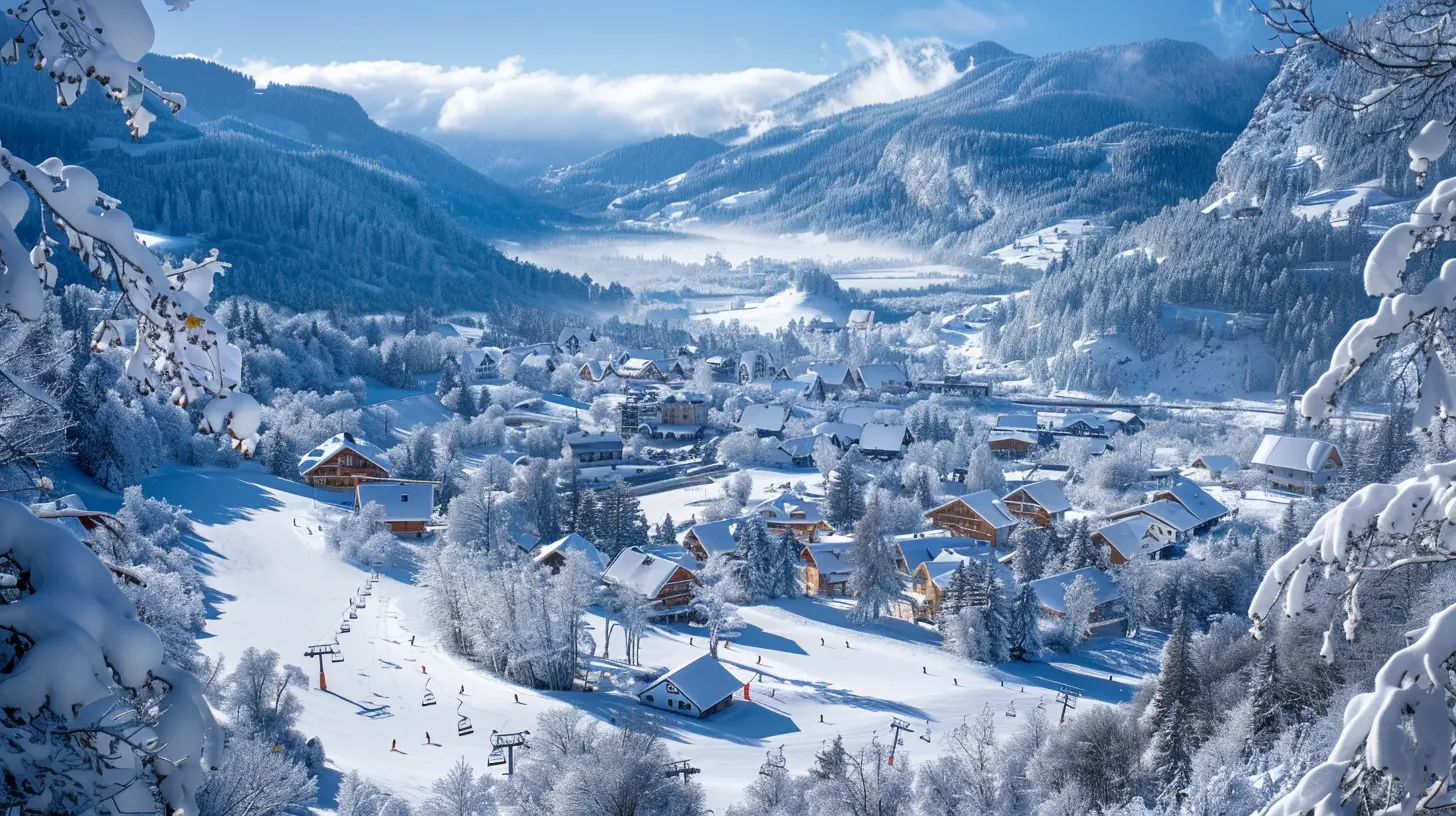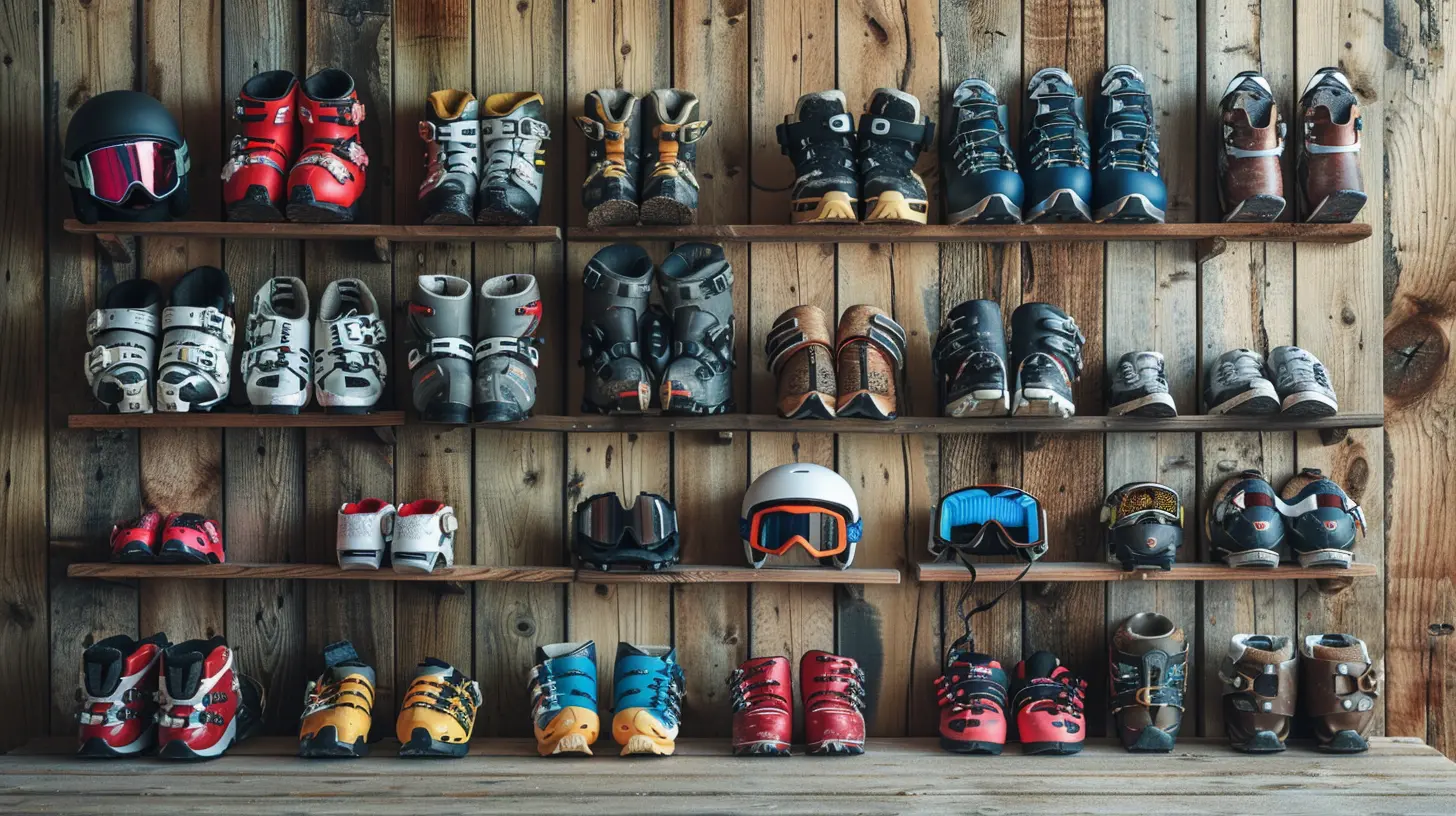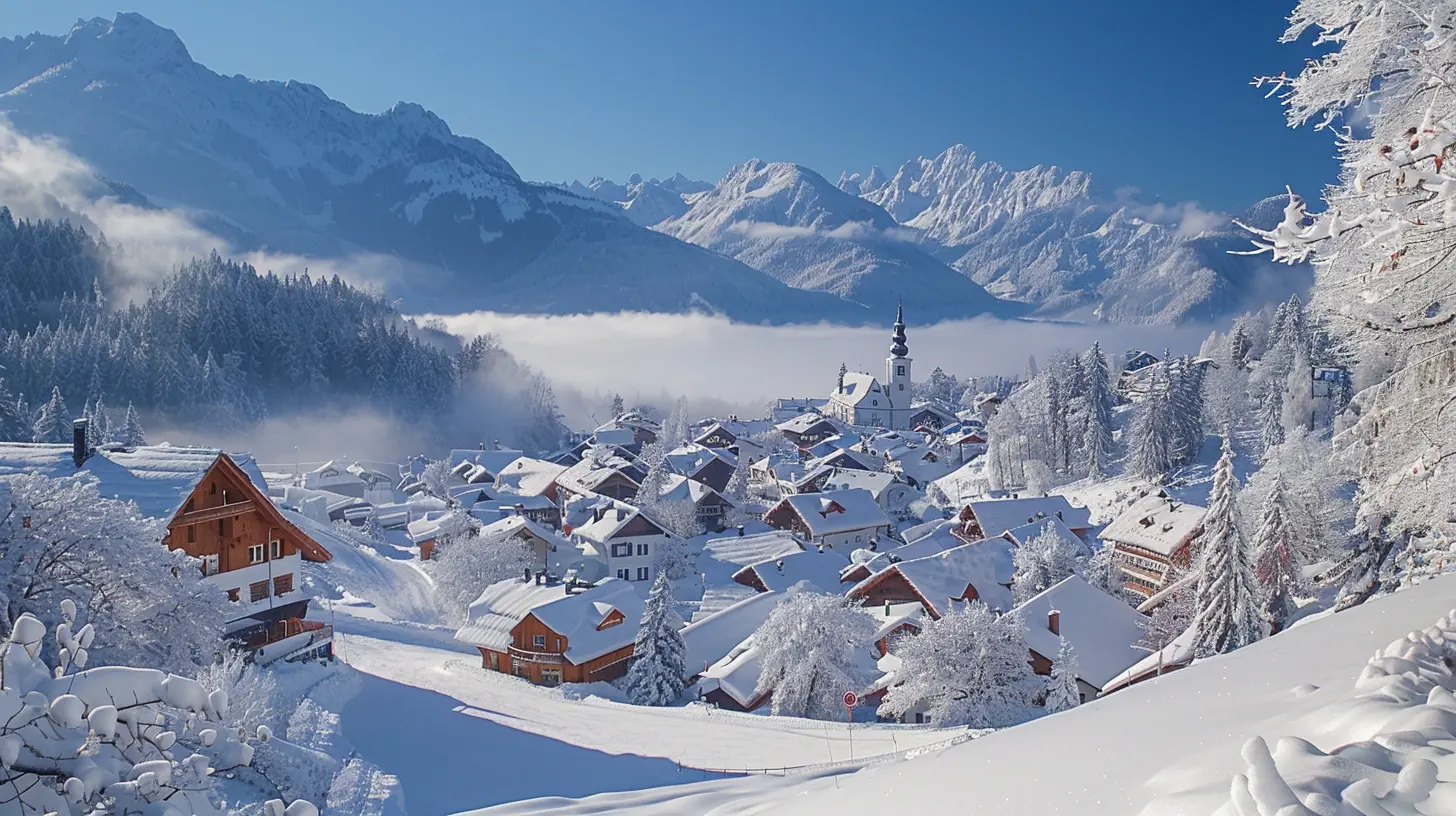How to Prepare Physically for Skiing Season
14 June 2025
Skiing season is just around the corner, and if you want to carve the slopes with confidence, you need to get your body ready. Skiing is a physically demanding sport that requires strength, endurance, balance, and flexibility. If you don’t prepare ahead of time, you could find yourself exhausted, sore, or even injured after just a few runs.
So, how do you get in shape for ski season? Let’s break it down step by step. 
Why Physical Preparation for Skiing Matters
Skiing isn’t just about strapping on your gear and hoping for the best. The sport engages nearly every muscle group, particularly your legs, core, and stabilizing muscles. The repetitive motion of skiing, combined with the quick shifts in direction, can put serious strain on your body. If you’re not conditioned, you’re at risk of burning out fast—or worse, sustaining an injury that could keep you off the slopes for the season.A good pre-season training routine will:
- Improve strength to handle the demands of skiing
- Boost endurance so you don’t tire out early
- Enhance balance and stability to prevent falls
- Increase flexibility to reduce the risk of strains and sprains
Not sure where to start? Let’s dive into the essential components of ski conditioning. 
Strength Training for Skiing
1. Focus on Leg Strength
Your legs do most of the heavy lifting when you’re skiing. Strong quads, hamstrings, glutes, and calves help you stay in control and reduce fatigue. Add the following exercises to your routine:- Squats – Mimics the skiing stance and strengthens your thighs and glutes.
- Lunges – Improves single-leg strength, helping with balance and control.
- Calf Raises – Strengthens your lower legs to maintain control over your skis.
- Step-Ups – Mimics climbing movements, great for endurance and stability.
2. Build Core Strength
Skiing requires an engaged core to stabilize your body as you turn, stop, and navigate tricky terrain. A weak core can throw off your balance and make skiing much harder. Work on these:- Planks (Front & Side) – Strengthen your entire core for better stability.
- Russian Twists – Help with rotational movement, crucial for carving turns.
- Dead Bugs – Improve coordination and core endurance.
3. Strengthen the Upper Body
While skiing is mostly about the lower body, your upper body plays a crucial role in balance and pole planting. Strengthen your arms, shoulders, and back with:- Push-ups – Great for upper body endurance.
- Rows – Strengthen back muscles, improving posture and balance.
- Overhead Press – Helps with pole planting and stability in rough terrain. 
Boosting Endurance for Full-Day Skiing
Skiing isn’t a sprint—it’s an endurance sport. You’ll need good cardiovascular fitness to last an entire day on the mountain. Without it, you’ll be winded after just a few runs.To build endurance:
- Cardio Workouts (3–5 times per week) – Cycling, jogging, swimming, or rowing all boost stamina.
- HIIT Training – Quick bursts of high-intensity exercises (like sprints followed by rest) mimic the stop-and-go nature of skiing.
- Stair Climbing – Strengthens legs and improves cardio fitness simultaneously.
A well-conditioned heart and lungs make skiing feel effortless rather than exhausting. 
Improving Balance & Stability
Good balance is everything in skiing. It helps with turns, prevents falls, and improves overall control. Strength alone won’t cut it—you need stability-based exercises.- Single-Leg Balancing – Stand on one leg for 30 seconds, then switch. Try closing your eyes for an extra challenge.
- Bosu Ball Squats – Perform squats on a Bosu ball to activate stabilizing muscles.
- Yoga or Pilates – Both help with balance, flexibility, and muscle control.
Incorporating balance training will make you feel more confident on unpredictable snow conditions.
Increasing Flexibility to Avoid Injuries
Tight muscles are a recipe for disaster. Flexibility helps you move smoothly on the slopes and reduces your injury risk. Stretching should be a key part of your ski prep.Key Stretches to Do Daily:
- Quad Stretch – Loosens up your front thighs, which take a beating in skiing.- Hamstring Stretch – Prevents stiffness and helps with lower body mobility.
- Hip Flexor Stretch – Ensures you can shift weight smoothly while skiing.
- Lower Back Twists – Helps with torso rotation and prevents back strain.
Yoga is also a fantastic way to improve flexibility while enhancing balance and core strength.
Simulating Ski Movements
Want to really prepare your body for skiing? Then add functional movements that mimic skiing motions:- Lateral Hops – Mimic the side-to-side motion of skiing.
- Wall Sits – Great for building endurance in a ski-ready stance.
- Jump Squats – Help with explosive movements needed for quick turns and jumps.
The more your training resembles actual skiing movements, the easier the transition will be once you hit the slopes.
Don’t Forget Recovery and Rest
Training hard is great, but recovery is just as important. Overworking your muscles without giving them time to recover can lead to fatigue and injuries.Recovery Tips:
- Take Rest Days – Give muscles time to repair and grow stronger.- Hydrate & Eat Well – Proper nutrition fuels your workouts and aids recovery.
- Foam Rolling & Massage – Helps release muscle tightness and improves circulation.
Listen to your body—if something feels off, take it easy and let yourself recover.
When to Start Your Ski Training Routine
Ideally, start training at least 6–8 weeks before ski season. This gives your body plenty of time to build strength, endurance, and flexibility. If you’re short on time, even 4 weeks of focused training can make a huge difference.Consistency is key. Even if you don’t have a lot of time to train, doing something is always better than nothing.
Final Thoughts
Skiing is an incredible sport, but if you’re not physically prepared, it can quickly become exhausting—or even dangerous. By focusing on strength, endurance, balance, and flexibility before the season starts, you’ll set yourself up for an amazing time on the slopes.So, lace up those sneakers, hit the gym, and get ready to dominate the mountains this winter. Your future skiing self will thank you!
all images in this post were generated using AI tools
Category:
Skiing And SnowboardingAuthor:

Claire Franklin
Discussion
rate this article
3 comments
Malia Campbell
Great tips for gearing up for skiing season! Preparing physically not only enhances performance but also reduces the risk of injury. Incorporating strength training, flexibility exercises, and cardiovascular workouts into your routine is essential. Excited to hit the slopes with these preparations in mind! Happy skiing!
June 18, 2025 at 3:51 PM

Claire Franklin
Thank you for your feedback! I'm glad you found the tips useful. Enjoy your skiing and stay safe on the slopes!
Craig Simon
This article effectively emphasizes the importance of physical preparation for skiing. However, incorporating specific exercises and their benefits could enhance the reader's understanding and motivation to train effectively.
June 18, 2025 at 2:26 AM

Claire Franklin
Thank you for the feedback! I appreciate your suggestion and will consider adding specific exercises and their benefits in future updates to enhance reader engagement and understanding.
Liora Rosales
Great tips! Preparing physically for skiing season is essential for preventing injuries and enhancing overall performance on the slopes!
June 16, 2025 at 4:20 PM

Claire Franklin
Thank you! I'm glad you found the tips helpful. Staying fit is key to enjoying a safe and rewarding ski season!



